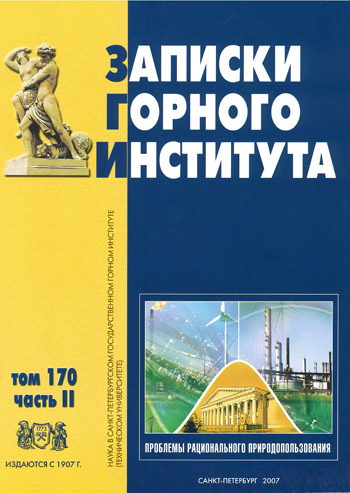Disasters and their influence on the investors behaviour on the world stock markets
- AGH – University of Science and Technology
Abstract
Terrorist attacks, tropical storms, earthquakes and many other types of disasters are the headlines of yesterday, today and tomorrow. The frightening regularity of such disasters beyond our control has exposed our vulnerability to hardship. Individual investors, in particular, are gravitating toward the worst-case scenario, believing that any unprecedented risk will bring economic growth to a halt. An unforeseen state of affairs causes stock prices to plummet as panicked investors order sell, sell, and sell. But do these risks mean we should avoid the stock market altogether and keep our money under the mattress? And if not, how can we prevent our financial downfall when the market collapses in another crash? In my follow-up report, I cited three disasters as examples: the earthquake in Japan (January 17, 1995), the terrorist attack in New York City (September 11, 2001), and Hurricane Katrina (August 2005).
